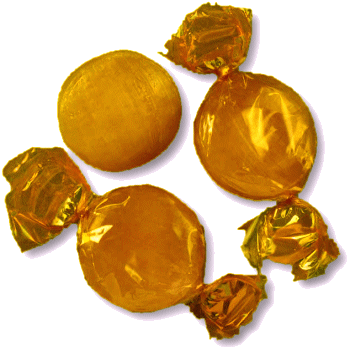




WELCOME TO An Entertainment Site for Scottish Country Dancers - Enjoy the curated selection of theme-related dances for celebrations and holidays, or find a dance associated with a special calendar day, or EVEN your own birthday!
World Otter Day
May 29
Other Scottish Country Dances for this Day
Today's Musings, History & Folklore
"You otter be in pictures ... you're wonderful to see!"
Inspired by the lively sight of two otters darting through the pools and cascades of Kenick Burn—nestled in the grounds of Laurieston Hall—the devisor created a reel that captures the playful energy of these charismatic creatures. The dance mirrors the otters' spirited antics: chasing, catching a fish, then gliding downstream. Within the figures of the dance, couples take on the roles of otters, rocks, and the luckless fish—first alive, then captured, and finally drifting along as flotsam on the current.
Otters have long captured the human imagination and appear in many literary works, but few are as celebrated as the Scottish otter immortalized by author and naturalist Gavin Maxwell. His beloved 1960 memoir Ring of Bright Water, later adapted into a 1969 film, tells of his life on Scotland’s west coast with his smooth-coated otter “Mijbil,” an Iraqi subspecies formally named Lutrogale perspicillata maxwelli in his honor.
Known for their intelligence and endearing behavior, otters delight both in the wild and on the dance floor (or at least in the dances they inspire). A group of otters is called a bevy, family, lodge, or romp—and when seen in the water, they form a raft. Sea otters, ever resourceful, often carry a favorite rock tucked into a loose pouch under their forearm, using it to crack open shellfish. Dancers, thankfully, can store their essentials—whether a crib sheet or a post-dance snack—in a sporran or something more suited to the art of chasing and reeling. 💙 🖤 🤍 🤎 🦦 🦦 🦦
Otters in Kenick Burn
World Otter Day celebrates these aquatic, marine, and semi-aquatic animals, known for their thick fur, back floating habits, and playful nature.
The otter (Lutra lutra) was lost from most of England and Wales between the 1950s and the 1970s because of pesticide pollution of waterways but survived in Scotland’s cleanest bodies of water in the north and west.
Today, the species is flourishing across Scotland, and recovering well across the UK as waterways are cleaned up.
Otters are playful animals and appear to engage in various behaviors for sheer enjoyment, such as making waterslides and then sliding on them into the water.
Otters can have up to one million hairs per square inch! There are two layers of fur - an undercoat and then longer visible hairs . The layers trap air next to the otter’s skin, which keeps the otters dry and warm and also helps with buoyancy - otter pups have so much air trapped in their fur, they can’t dive under water until older.
The collective nouns for otters are bevy, family, lodge, romp (being descriptive of their often playful nature) or, when in water, raft.
Notes from Murrough Langdon, devisor:
"This dance, Otters In Kenick Burn, was inspired on 14 May 2015 by seeing a pair of otters darting around in the pools and cascades of Kenick Burn (in the grounds of Laurieston Hall) with first one, then the other catching and eating a fish before swimming off downstream.
I believe alternating tandem reels were first invented for dolphins but they do very nicely for otters as well. Here 1st couple are the otters. The supporting couples are rocks in the pools for bars 1-8, then fish being chased in bars 9-24 (lucky 2nd couple escape but the hapless 3rd couple get caught, metaphorically eaten and their remains neatly discarded in the corner - sorry!) and finally in bars 25-32 they are flotsam eddying with little vortices in the wake of the departing otters."
An otter of note entered the literary canon of Scottish otters through the book Ring of Bright Water by Gavin Maxwell which detailed his life in a remote house in coastal Scotland where he kept several wild otters as pets.
The book describes how Maxwell brought a smooth-coated otter back from Iraq and raised it at "Camusfeàrna" (the name he used for his house at Sandaig near Glenelg), on the west coast of Scotland. He took the otter, called Mijbil, to the London Zoological Society, where it was decided that this was a previously unknown subspecies, and it was named after him: Lutrogale perspicillata maxwelli (or colloquially, "Maxwell's otter").
See below for a video for the dance, and for famous literary otters, click the otter!
Click the dance cribs or description below to link to a printable version of the dance!



